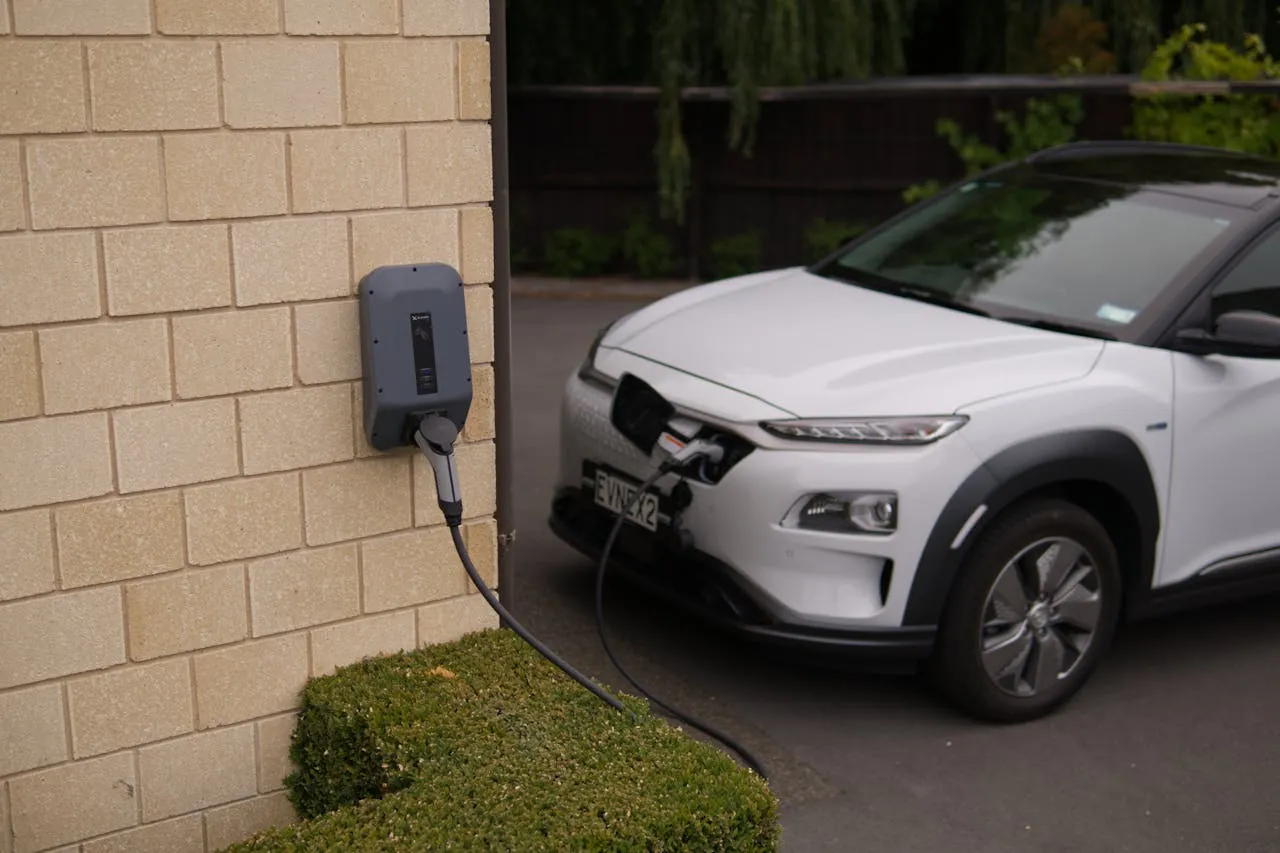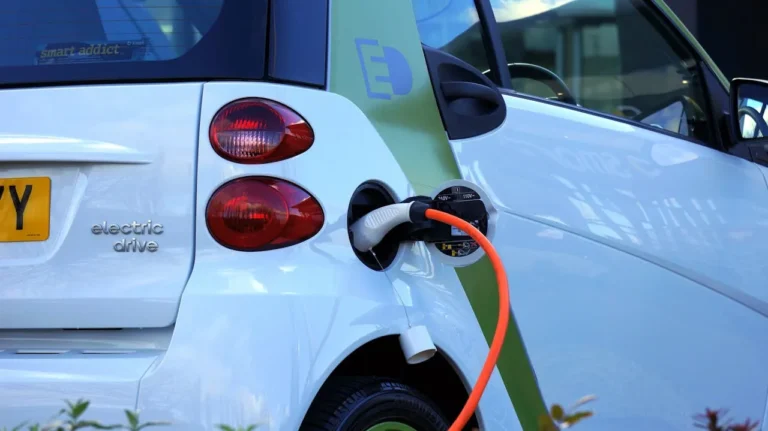
Asia Pacific EV & Charging Infrastructure Market Outlook 2025: Investment Surge, Future Forecast, and Growth Trends
The Asia Pacific electric vehicle (EV) and charging infrastructure market is on a robust growth trajectory, reflecting the region’s aggressive transition toward sustainable transportation. According to the latest Q2 2025 update of the “Asia Pacific Electric Vehicle and Charging Infrastructure Market: Investment Opportunities and Future Outlook Databook”—now available via ResearchAndMarkets.com—the market is forecast to reach a value of USD 401.80 billion by the end of 2025, marking a 14.1% annual increase.
From 2020 to 2024, the market maintained a compound annual growth rate (CAGR) of 17.7%, and looking ahead, it is expected to grow at a CAGR of 11.1% between 2025 and 2029, with the market projected to rise from USD 352.02 billion in 2024 to USD 612.31 billion by 2029.
This extensive databook offers a data-centric analysis, delivering over 50 key performance indicators (KPIs) at the country level. These KPIs provide insights across market size, volume, vehicle types, price points, propulsion technologies, charging infrastructure, installation types, and connectivity options—empowering stakeholders to navigate investment strategies and innovation priorities in this rapidly evolving sector.
Comprehensive Coverage of EV Market Segments
The databook presents a highly detailed segmentation of the Asia Pacific electric vehicle market, allowing for a granular understanding of the ecosystem’s transformation. The following core categories are included:
1. Overall Vehicle Market Size and Growth Forecast
- Market size by value and volume for all vehicles, including a deep dive into electric vehicle trends.
- Projections through 2029, enabling long-term planning and benchmarking.
2. Electric Vehicle Market Segmentation
- By Drive Segment:
- Front-Wheel Drive (FWD)
- Rear-Wheel Drive (RWD)
- All-Wheel Drive (AWD)
- By Vehicle Type:
- Passenger Cars
- Commercial Vehicles
- By Passenger Car Segment:
- Small, Medium, Large, Crossover Cars, and SUVs
- By Commercial Vehicle Segment:
- Light-Duty (Class 1–3), Medium-Duty (Class 4–6), Heavy-Duty (Class 7–8)
- By Vehicle Class:
- Low-priced, Mid-priced, and Luxury-class EVs
- By Powertrain:
- Parallel Hybrid
- Series Hybrid
- Combined Hybrid
- By Distance Range:
- Up to 150 miles, 151–300 miles, and above 300 miles
- By Charging Type:
- Normal Charging
- Super Charging
- By Propulsion Type:
- Battery Electric Vehicles (BEVs)
- Plug-in Hybrid Electric Vehicles (PHEVs)
- Hybrid Electric Vehicles (HEVs)
- Fuel Cell Electric Vehicles (FCEVs)
- By Connectivity:
- Vehicle-to-Building (V2B/V2H)
- Vehicle-to-Grid (V2G)
- Vehicle-to-Vehicle (V2V)
- Vehicle-to-Everything (V2X)
- By Urban Tier:
- Tier 1, Tier 2, and Tier 3 cities
Charging Infrastructure Insights
Equally important to the success of EV adoption is the availability and quality of charging infrastructure. The report dedicates significant coverage to this area, breaking down:
Charging Infrastructure Market Volume and Type
- Total Number of Charging Stations
- Charging Infrastructure by Type:
- AC (Alternating Current) and DC (Direct Current)
- Level 1 and Level 2 charging for AC
- Charging connector types: CCS, CHAdeMO, GB/T, and Others
By Installation Type:
- Fixed installation
- Portable installation
By Location:
- Residential and destination-based
- On-street installations
- Workplaces
- Fleet depots
By Charging Speed:
- Slow
- Fast
- Rapid
- Ultra-rapid
By Vehicle Category Supported:
- Passenger Cars
- Buses
- Trucks
- Light Commercial Vehicles
By Connectivity:
- Smart Charging Stations
- Non-connected Charging Stations
These breakdowns enable a nuanced assessment of infrastructure deployment trends, helping energy providers, real estate developers, OEMs, and public agencies align their strategies with high-growth areas.
Key Takeaways for Stakeholders
1. Investment Opportunity Mapping
For businesses and investors, the report functions as a vital decision-making tool by identifying where demand for EVs and charging infrastructure is rising the fastest—both by region and by segment.
2. Risk and Feasibility Assessments
With its granular, segment-level analysis, the report also flags potential bottlenecks in the supply chain, urban deployment hurdles, and cost challenges, offering clarity on risks associated with infrastructure rollout and adoption rates.
3. Integrated View of Vehicles and Infrastructure
Unlike fragmented studies that treat EVs and charging stations as separate markets, this databook provides an integrated view—essential for stakeholders involved in planning, logistics, manufacturing, and policy.
Bundled Reporting for Strategic Depth
The databook includes a comprehensive package of 7 bundled reports, featuring 497 data tables and 644 charts that visualize growth trajectories, market shares, and comparative performance across countries in the Asia Pacific region. This includes country-specific insights, competitive dynamics, and macroeconomic factors influencing adoption.
Key countries covered include major EV markets like China, Japan, South Korea, India, Australia, and Southeast Asian nations. Each market is analyzed across all KPI dimensions, allowing companies to localize their expansion and marketing efforts effectively.
Strategic Outlook for 2025–2029
As Asia Pacific continues to lead in global EV adoption—driven by policy mandates, urban pollution concerns, and technological innovation—the report’s findings underscore the sector’s sustainability and profitability. Infrastructure advancements, particularly in ultra-fast charging and smart grid integration, will become key enablers for wider EV deployment in both urban and rural areas.
The forecasted CAGR of 11.1% from 2025 to 2029 signals ongoing momentum, supported by growing consumer acceptance, OEM electrification roadmaps, and government stimulus packages. For businesses eyeing expansion or diversification within the EV value chain—from battery manufacturing and software integration to public charging operations—this databook serves as a comprehensive guide to market positioning and future-proofing strategies.







